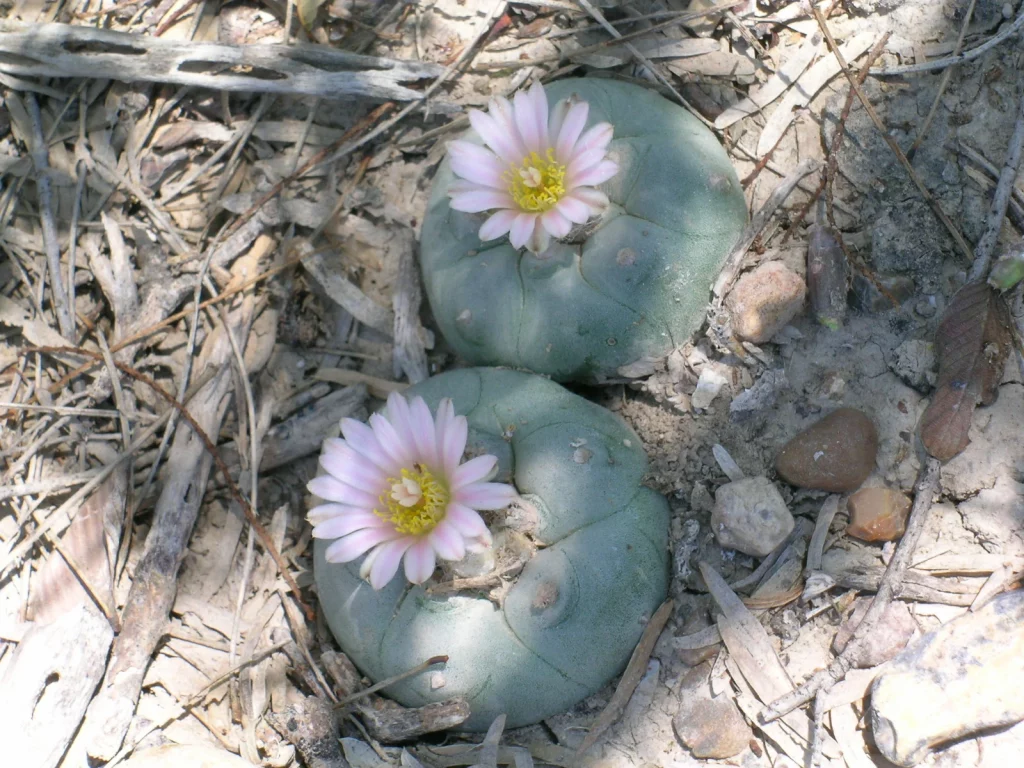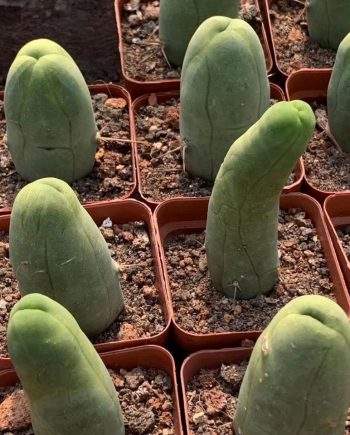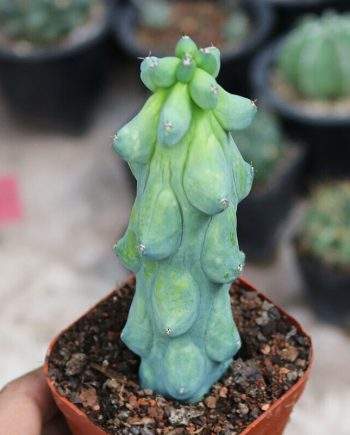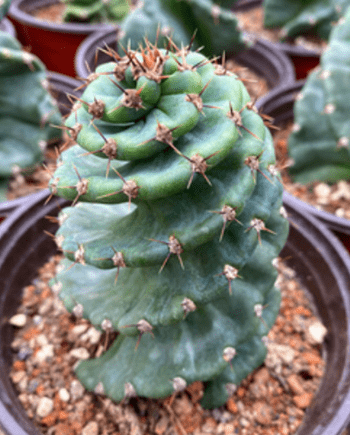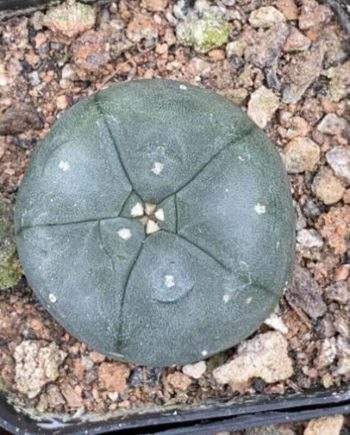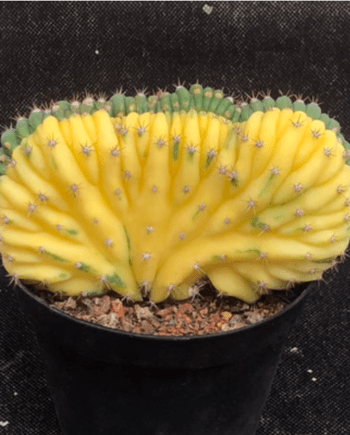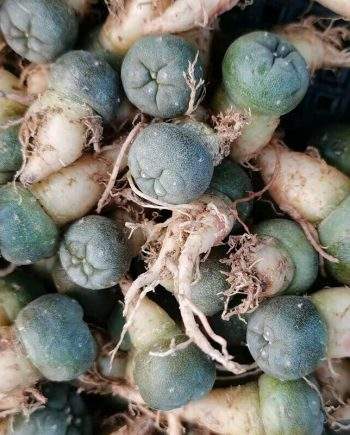Lophophora williamsii: The cactus is primarily composed of a globular, spineless, and fleshy stem that features a prominent, central crown. This crown, known as the “button,” is the most sought-after part of the cactus, containing the psychoactive alkaloid compounds responsible for its effects. The plant’s green or bluish-green coloration allows it to blend into the arid landscapes where it is found, making it challenging to spot for the untrained eye.
Lophophora williamsii, commonly known as peyote, holds a unique place in the world of ethnobotany, spirituality, and traditional medicine. This small, unassuming cactus species is native to the southwestern United States and northern Mexico and has been revered for centuries by indigenous cultures for its psychoactive properties and sacred significance. This post explores the history, cultural importance, biology, chemistry, and contemporary relevance of Lophophora Williamsii, shedding light on the multifaceted nature of this remarkable plant.
Chemistry and Pharmacology
The psychoactive properties of Lophophora williamsii are attributed to a group of alkaloids, with mescaline being the most well-known. Mescaline is a potent hallucinogenic compound that alters perception, cognition, and consciousness. Other alkaloids found in peyote, such as hordenine and tyramine, contribute to its effects. The chemical composition of peyote and the way these compounds interact with the human brain have been subjects of scientific research, shedding light on the plant’s psychoactive properties.
Contemporary Relevance
Peyote remains a subject of cultural, religious, and scientific interest in the 21st century. Its use continues to be an integral part of indigenous traditions, with legal protections in place to ensure their cultural practices are respected. Additionally, peyote has attracted interest from researchers and medical professionals for its potential therapeutic applications.
Cultural and Historical Significance
Indigenous Rituals: The indigenous peoples of North America, such as the Huichol, Tarahumara, and Navajo, have a long history of using peyote in their religious and shamanic practices. Peyote is considered a sacrament that connects individuals with the spiritual realm, facilitating communication with deities and ancestors. These rituals often involve the consumption of peyote buttons in carefully prescribed ceremonies.
Colonial Encounter: The Spanish conquest of the Americas introduced peyote to the European world, where it became a subject of intrigue and scientific inquiry. European explorers and scholars were fascinated by the plant’s psychoactive properties, and it subsequently gained notoriety as an entheogen.
In the early 20th century, peyote faced legal restrictions and prohibition in the United States and elsewhere due to concerns about its psychoactive effects. However, indigenous groups successfully advocated for the protection of their religious rights, leading to exemptions in the law that allowed them to continue their traditional use of peyote.
Lophophora williamsii (Peyote) in Canada: A Legal and Cultural Exploration
The legality of mescaline, a powerful psychedelic compound found in the peyote cactus, has long been a subject of intrigue and debate in Canada. While mescaline itself is classified as a prohibited substance under Canadian federal criminal law, an exception exists for peyote, primarily due to its significant cultural and historical importance within Indigenous communities. In this article, we delve into the legal and cultural aspects of mescaline and peyote in Canada, shedding light on the unique relationship between Indigenous traditions and Canadian drug laws.
Mescaline’s Legal Status
Mescaline, the psychoactive alkaloid responsible for the hallucinogenic effects of peyote, is strictly regulated in Canada. It falls under Schedule III of the Controlled Drugs and Substances Act, placing it among substances considered illegal for recreational use or distribution. The Act, in line with international drug control conventions, classifies mescaline as a controlled substance due to its potential for misuse and harm.
Peyote’s Exception
What sets Canada apart from countries with blanket bans on mescaline-containing substances is the unique exemption made for peyote for the deep-rooted cultural significance with Indigenous peoples, particularly those belonging to the Native American Church (NAC). Peyote ceremonies are a central element of spiritual and religious practices for these communities, offering a means of connecting with the divine and their ancestral heritage.

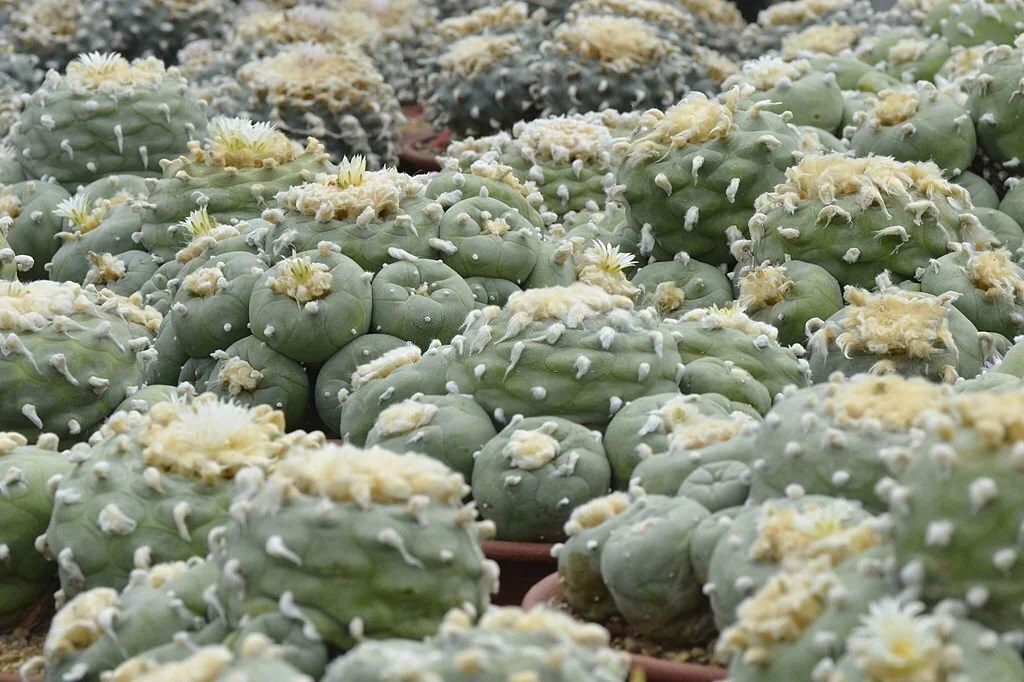
The exemption granted to peyote in Canadian law is a testament to the respect and recognition of Indigenous rights and traditions. The historical use of peyote by the NAC and other Indigenous groups played a pivotal role in shaping this legal exception. This exemption allows the possession and use of peyote for religious and spiritual purposes within the confines of Indigenous ceremonies.
Peyote and the Native American Church in Canada
In Canada, the use of peyote in Indigenous rituals is a subject of historical and cultural significance. While Indigenous peoples in Canada have not historically embraced psychedelics to the same extent as their counterparts further south, the Native American Church has made its presence felt in the country. Originating in the United States, this spiritual movement found its way to Canadian soil and established chapters that engage in peyote ceremonies.
These ceremonies, however, have not always been well understood by the broader Canadian society. In certain instances, they have been misconstrued as scandalous or even satanic by local communities and the media in Western Canada. This misinterpretation led to critical confrontations between Indigenous peoples and the Canadian federal government during the 1950s.
In these pivotal moments, the legal and political interpretations of the Federal Indian Act of 1951 were tested. Ultimately, the Canadian government refrained from enacting formal laws specifically addressing peyote, thus allowing its use in NAC ceremonies. Nonetheless, an ongoing challenge has been the procurement of peyote, as the government did not modify the law to permit its importation.
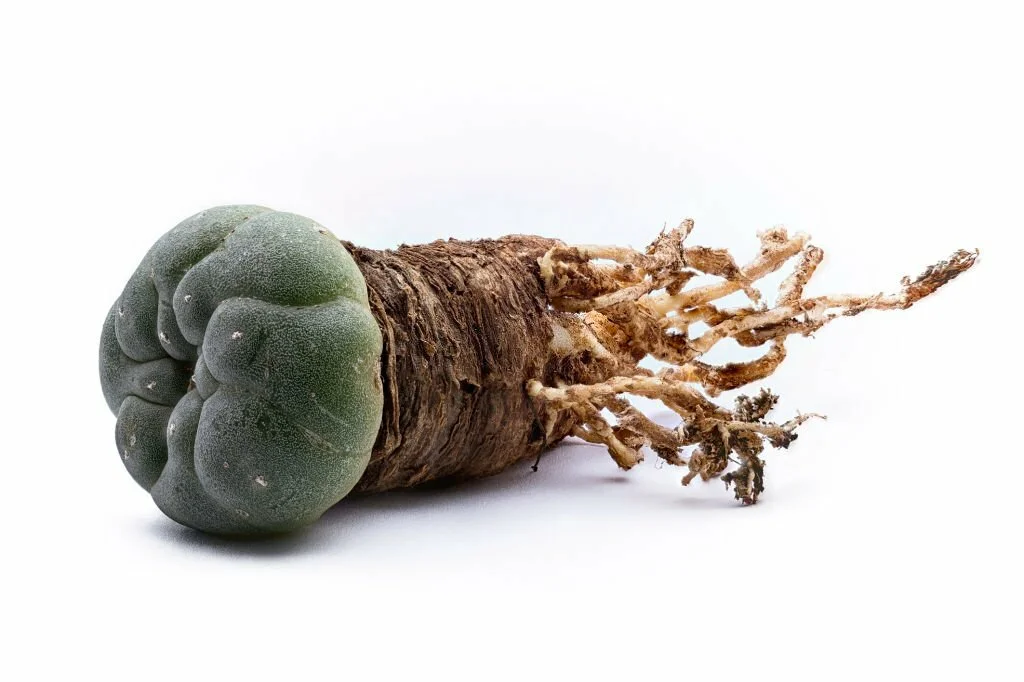
Peyote’s Unique Legal Status
One of the most striking elements of the legal landscape surrounding peyote in Canada is the explicit exemption from Canadian criminal drug legislation. Despite mescaline, the active psychedelic agent in peyote, being classified as a controlled substance, the cactus itself retains its sacred and protected status. This exemption serves as a testament to the intricate balance between the preservation of Indigenous rights, and cultural heritage, and the responsible regulation of substances with potential for misuse.
Conclusion
Lophophora williamsii, the peyote cactus, is a plant with a rich history, cultural significance, and a promising future in both traditional and modern contexts. Its unique psychoactive properties, sacred role in indigenous rituals, and ongoing scientific research make it a captivating subject that continues to inspire discussions about culture, spirituality, and the potential therapeutic benefits of psychoactive plants. The legal status of mescaline and peyote in Canada is a complex interplay of cultural heritage, Indigenous rights, and the regulation of psychoactive substances. While mescaline remains prohibited in most contexts, the exception made for peyote acknowledges and respects the deep-rooted significance of this sacred plant in the traditions of Indigenous peoples. As Canada continues to navigate its legal framework surrounding substances like mescaline, it remains committed to preserving the cultural integrity and spiritual practices of its Indigenous communities.
As we move forward, it is essential to balance the preservation of traditional uses and cultural heritage with responsible scientific exploration and conservation efforts to ensure the enduring presence of Lophophora Williamsii in our world.
Some Products
-
Penis Cactus – TBM Clone B$37.00
-
Myrtillocactus Geometrizans cv. Fukurokuryuzinboku$38.00
-
Product on saleCereus forbesii cv. SpiralisOriginal price was: $45.00.$42.00Current price is: $42.00.
-
Lophophora williamsii 2cm-4cm$36.00 – $156.00
-
Trichocereus Pachanoi Monstrose Cristata Variegata (TPMCV)$62.00
-
Lophophora Williamsii (Peyote) 1cm-2cm 5pcs$53.00
H. Jackson Brown, Jr.Quote – “Hope is not a resting place but a starting point – a cactus, not a cushion.”
